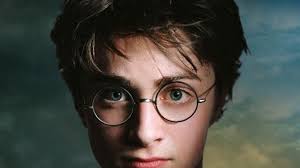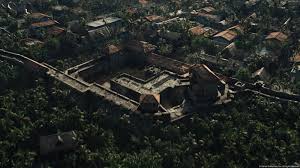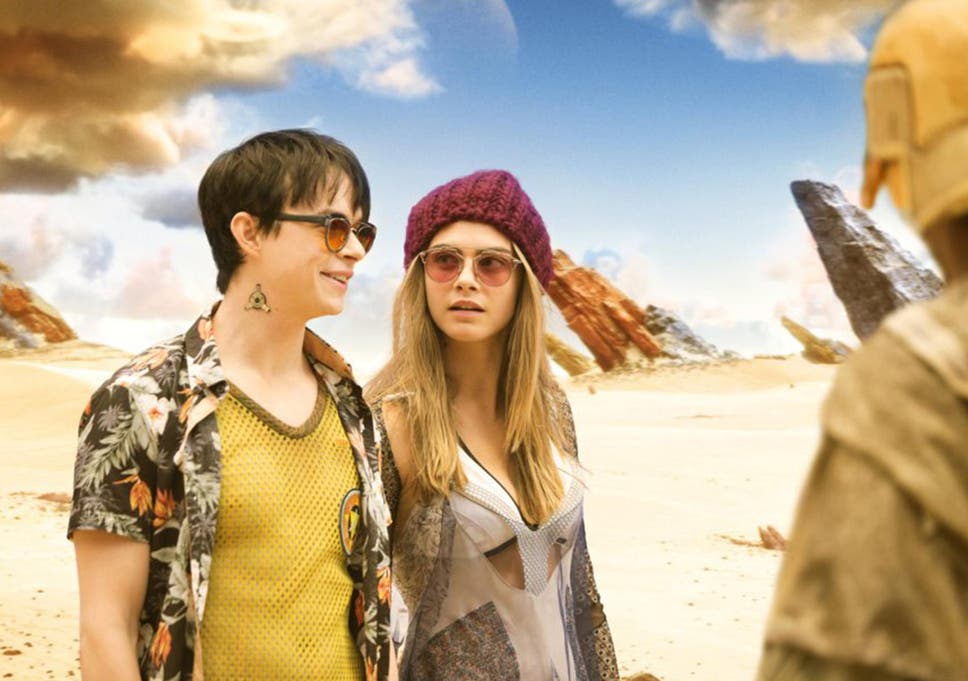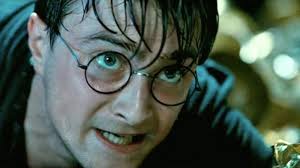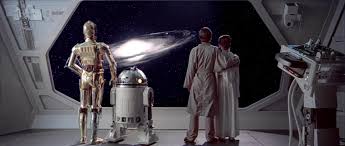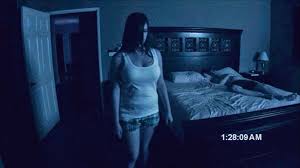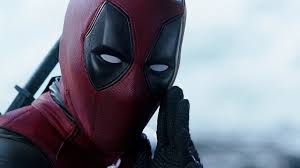Shot sizes:
Extra long shot, good for setting scenes and establishing locations as it is the most zoomed out and shows the most information in one shot.
Long shot, good for the same reasons as the last but instead is less zoomed out so less overall information is given but in return we see more detail about the items more focused on like for example you will see a characters entire body but the shot size wont be drastically larger.
Medium long shot, a good staple shot size because it is just about the same size as the character making it good for telling narrative without focusing much on one person “for most shots”.
Medium shot, a more personal version of the shot above except it slightly focuses on one subject as it is quite zoomed.
Medium close up, this is when the shot stops suggesting a focus on a particular character and informs the audience that this character is indeed the focus of this shot.
Close up, the first shot where you as the audience really get the sense that the camera is zoomed into the face, head and the details of someones face/emotions becomes the forefront of the shot these shots are used to in contrast with the extra long shots to instead establish emotion instead of location.
Big close up, shows basically just the face of the subject good for detail and emotions
Extra close up, is the most extreme kind of shot that just shows the face it is very good for showing raw intense emotion.
Shot angles:
Low, gives a menacing feel to the audience as if you are looking up towards something can also be used to convey power.
Eye level, basic angle good for not giving anyone power over anyone.
High, gives an omnipotent feeling to the audience like they are a god in the world of this particular film.
Worm’s eye, a more intense version of the low angle which is even more drastic and dramatic.
Canted/dutch angles, when the camera is tilted this distorts people perception of the image and is used in old cinema to show when things are very wrong.
Movements:
Pan, pivoting around on the spot.
Crab, moving left or right same angle.
Zoom, zooming in or out.
Track, moving backwards or forwards same angle
Ped, bringing the camera up or down.
Tilt, tilting the camera up or down.


